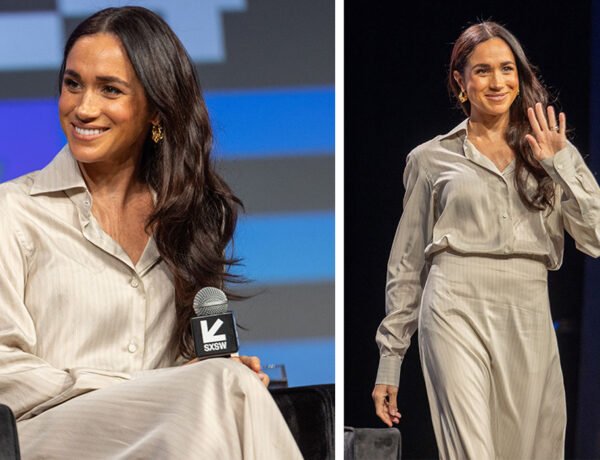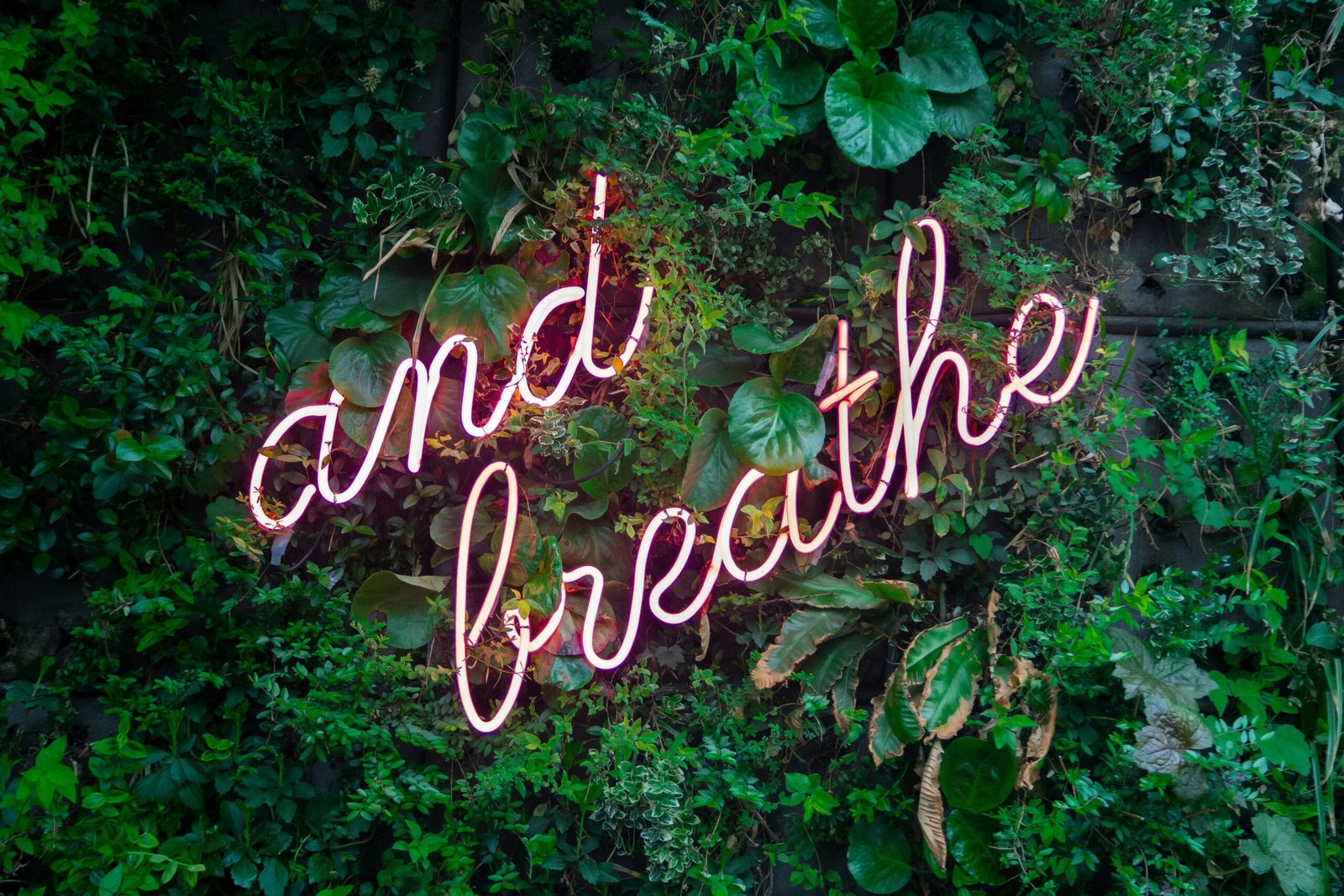Circular Fashion Economy: Reshaping Style with Sustainability in 2025
In 2025, the fashion industry is undergoing a profound transformation, driven by a collective call for sustainability and ethical responsibility. At the forefront of this shift is the circular fashion economy, a movement that prioritizes slow fashion, reduces waste, and champions reuse. From rental platforms and clothing swaps to upcycled designs and resale markets, consumers and brands alike are embracing a new fashion ethos rooted in longevity and responsibility.
From Fast Fashion to Mindful Consumption
For decades, fast fashion dominated consumer habits with its cheap prices and rapid turnover. But the environmental and ethical toll has become impossible to ignore. In response, individuals are turning toward mindful consumption, buying less but better, and choosing pieces that are built to last.
Understanding the Circular Fashion Model
Unlike the traditional linear model—take, make, dispose—the circular fashion economy operates in a closed loop. This system emphasizes repair, reuse, resale, and recycling, ensuring that garments remain in circulation for as long as possible before being returned to the earth or repurposed.
The Rise of Clothing Rental Platforms
Clothing rental services have exploded in popularity, offering consumers access to high-quality fashion without the commitment of ownership. Platforms like Rent the Runway and HURR allow users to rent outfits for special occasions or everyday wear, reducing overconsumption while keeping wardrobes fresh and exciting.
Clothing Swaps: A Social and Sustainable Alternative
Another growing trend is the community clothing swap. These events allow people to exchange pre-loved garments, promoting sustainability through sharing. Clothing swaps are more than eco-friendly—they’re also social experiences that foster community and creativity.
Upcycled Fashion Finds a New Audience
Designers are increasingly using upcycled materials—repurposing old garments and textiles into entirely new creations. This process not only minimizes waste but also results in unique, one-of-a-kind pieces. Upcycling has moved from niche to mainstream, capturing the attention of eco-conscious consumers and luxury fashion houses alike.
Thrifting and Resale Platforms Boom
The secondhand fashion market is booming, thanks in part to resale apps like Depop, Poshmark, and Vinted. These platforms empower individuals to extend the life of their clothing, create personal style, and earn money—all while reducing demand for new production.
Brands Rethinking Design for Longevity
Fashion labels are responding to consumer demand by designing with durability and recyclability in mind. From modular clothing that can be customized or repaired to biodegradable fabrics and mono-material garments, brands are shifting toward products built for a circular lifecycle.
Repair Culture Makes a Comeback
In the circular economy, repairing clothes is not just practical—it’s trendy. Services that mend, alter, or reinforce garments are gaining popularity. Some brands now offer in-house repair services or DIY kits to encourage customers to extend the life of their favorite pieces.
Transparency and Traceability as Standards
Sustainable shoppers are asking: Who made my clothes? Brands that embrace the circular model are responding with transparent supply chains, garment passports, and digital tracking. This traceability builds trust and allows consumers to make informed decisions about what they wear.
Technology Empowering Circularity
Tech innovations are streamlining circular fashion. Blockchain is being used to track garment ownership and authenticity, while AI is helping platforms optimize clothing rotation and predict wear patterns, ensuring maximum use of each item before it’s resold or recycled.
Fashion as a Service: Subscription Models
Subscription services are emerging as a new way to engage with fashion. For a monthly fee, users gain access to rotating wardrobes tailored to their style and needs. This model prioritizes use over ownership, reducing waste and production.
Educating the Next Generation of Designers
Fashion schools are shifting curricula to reflect circular values, teaching students about eco-conscious materials, regenerative design, and ethical sourcing. The next generation of designers is entering the industry equipped to innovate sustainably.
Consumer Empowerment and Responsibility
The shift toward circular fashion empowers consumers to take ownership of their fashion footprint. People are learning how to care for their garments, shop intentionally, and demand better from the brands they support.
Redefining Style Through Sustainability
The circular fashion economy is not just about sustainability—it’s also redefining what it means to be stylish. Individuality, creativity, and resourcefulness are taking center stage, replacing the fleeting trends of the fast fashion era.
Circular Fashion EconomyA Fashion Future with Purpose
As the circular fashion economy continues to evolve, it presents a compelling vision for the future of style—one where fashion is functional, ethical, and enduring. In 2025, what you wear says less about chasing trends and more about your values, your creativity, and your commitment to a better world.



